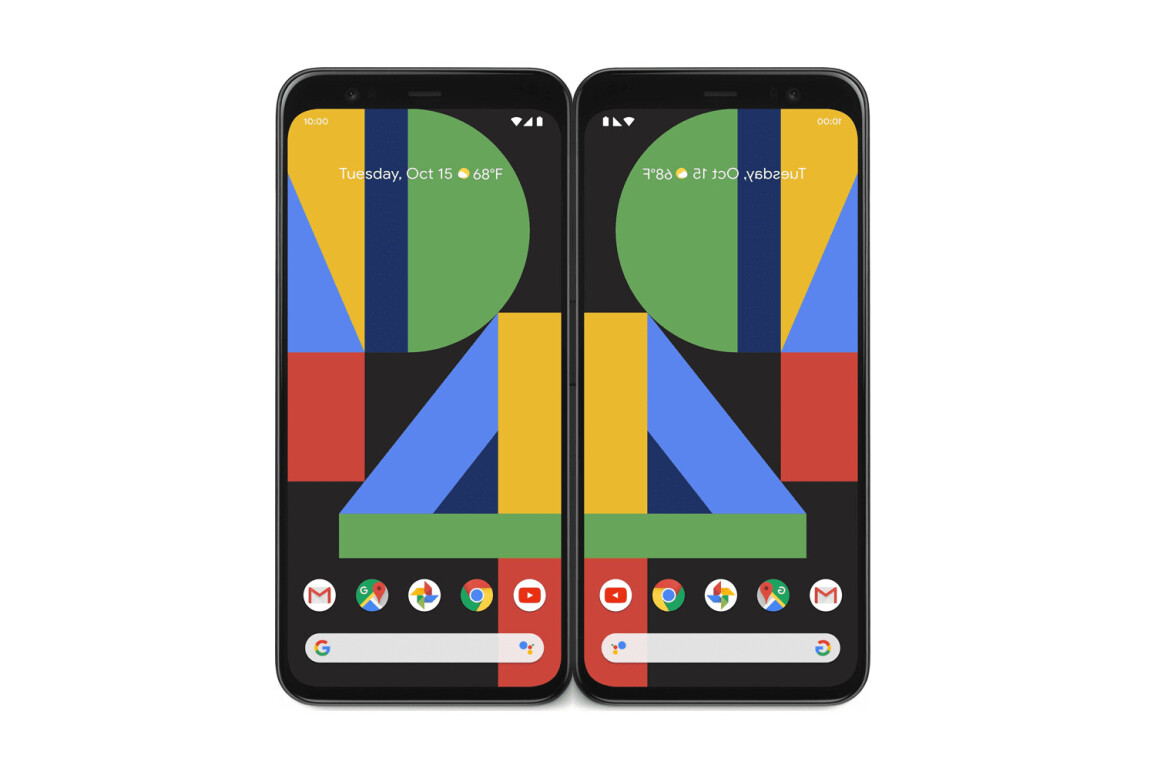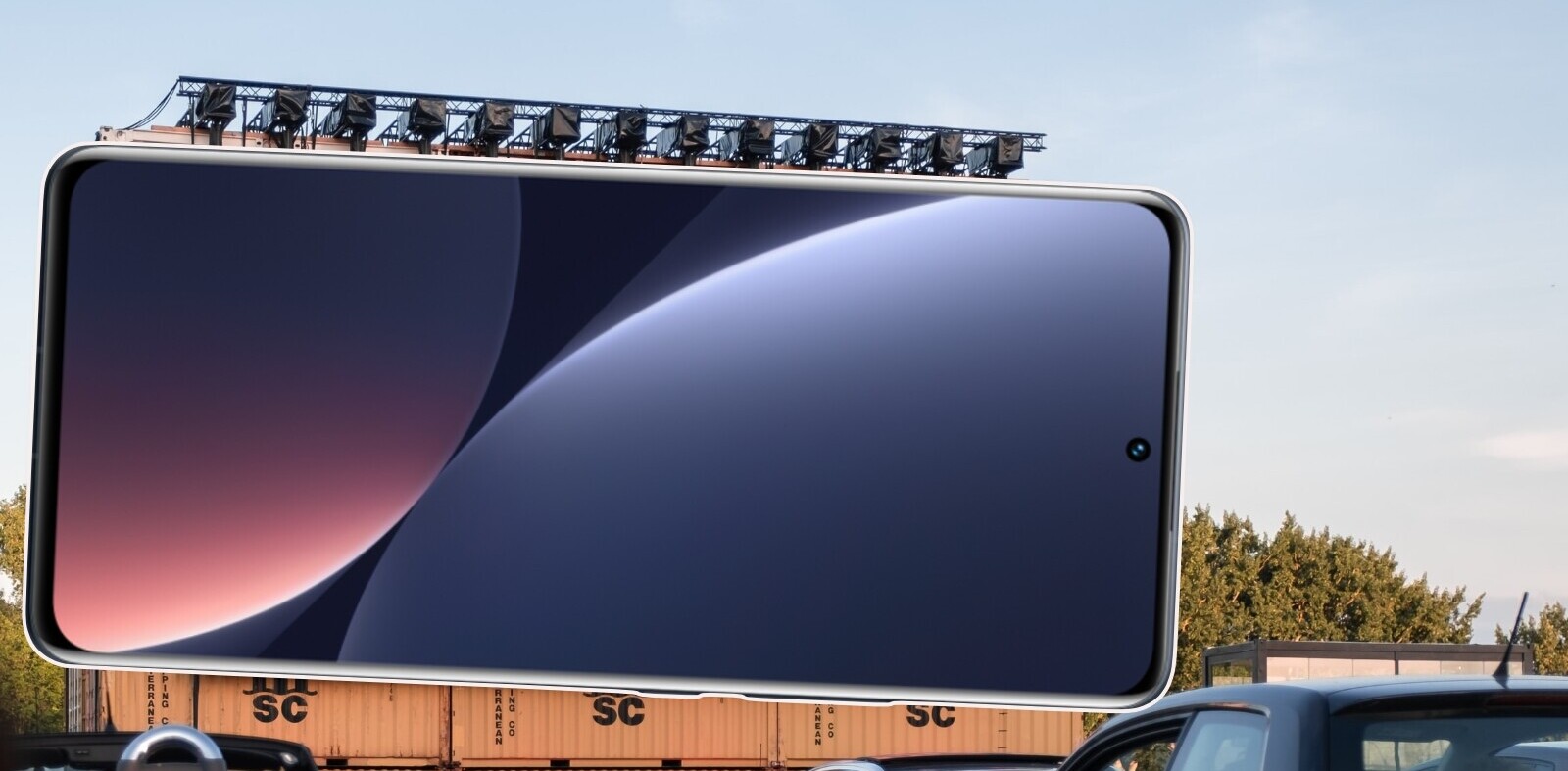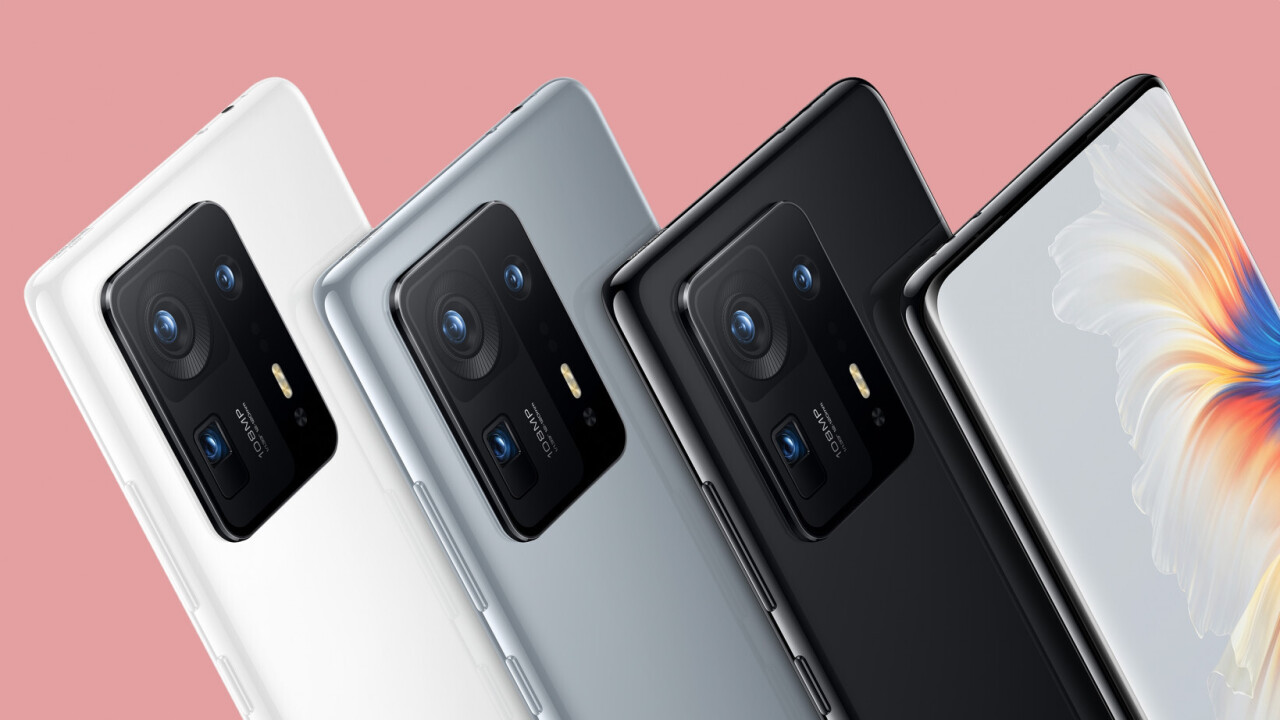
So how does it work? Xiaomi has modified the circuit around the selfie camera to display “micro-diamond pixels,” which are brighter but smaller pixels than the rest of the screen. This helps the company maintain the 400 pixels per inch (ppi) pixel density throughout the screen, to ensure you won’t be able to tell there’s a camera hiding beneath the display.
To reduce light diffraction while taking selfies, the company has used a new transparent curved wiring Indium Tin Oxide (ITO) material in the circuit. All of these techniques sound similar to Oppo’s newly revealed prototype under-the-screen camera tech. But Xiaomi is the first one going to market with it.
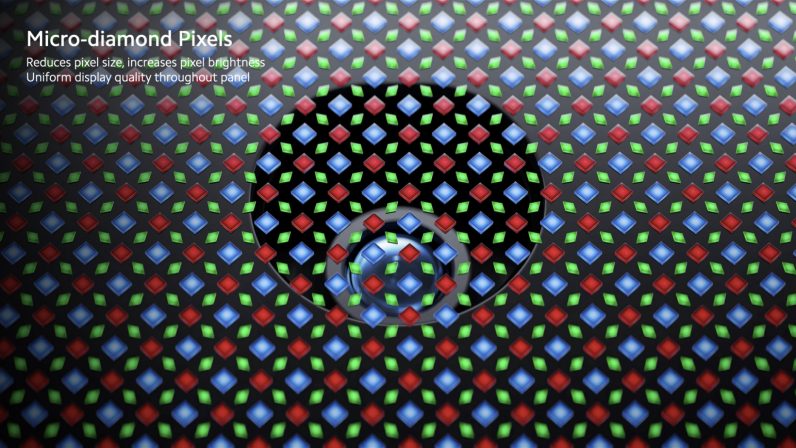
Apart from the under-the-screen camera tech, the phone also has some neat features such as ceramic unibody design, and support for 120W fast charging. Take a look at the device’s impressive specifications:
Specifications
- Screen: 6.7-inch FHD+ display with under-the-screen camera tech
- Refresh rate: 120Hz
- Processor: Qualcomm Snapdragon 888+
- RAM: 8GB/12GB
- Rear camera: 108-megapixel (1/1.33″ HMX sensor) + 13-megapixel ultrawide + 8-megapixel telephoto
- Front camera: 20-megapixel
- Internal storage: 128GB/256GB UFS 3.1 (for faster read and write speeds to open apps and access content quickly)
- Battery: 4,500 mAh
- Charging: 120W wired charging; 50W wireless charging
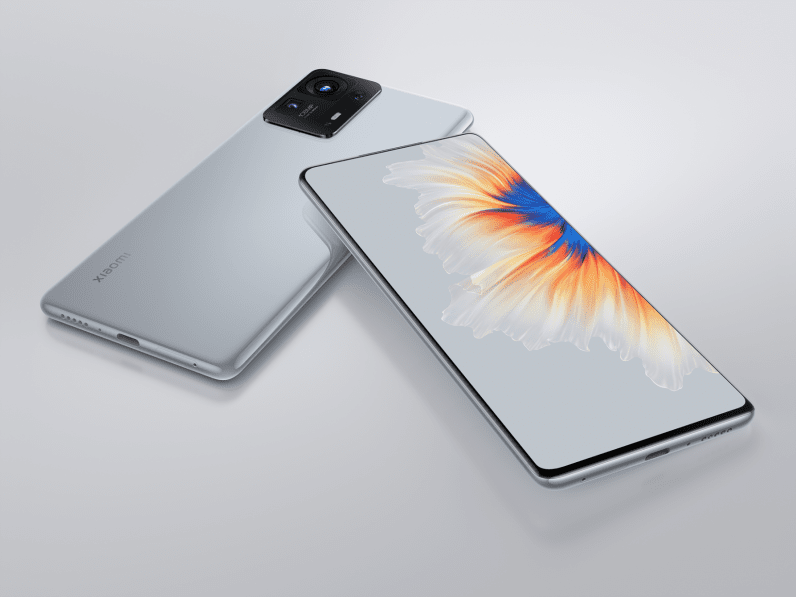
The Mi Mix 4 also features Ultra-Wide Band (UWB) tech to communicate with IoT devices — the same tech used by Apple’s AirTags trackers. Plus, Xiaomi has included 42 antennas in the phone to boost network coverage in places like train stations and hospitals.
On paper, the Mi Mix 4 will match most Android flagships launching this year. But we’ll have to get hands-on a unit to test if the CUP tech works as advertised without any glitches in real life.
The device will be only available in China as of now, and there’s no word on global launch yet. The Mi Mix 4 will go on sale in China on August 16, with a starting price of RMB4,999 ($771).
While Xiaomi is the first major manufacturer to debut under-the-screen tech, ZTE has released a couple of phones with it already.
Get the TNW newsletter
Get the most important tech news in your inbox each week.


